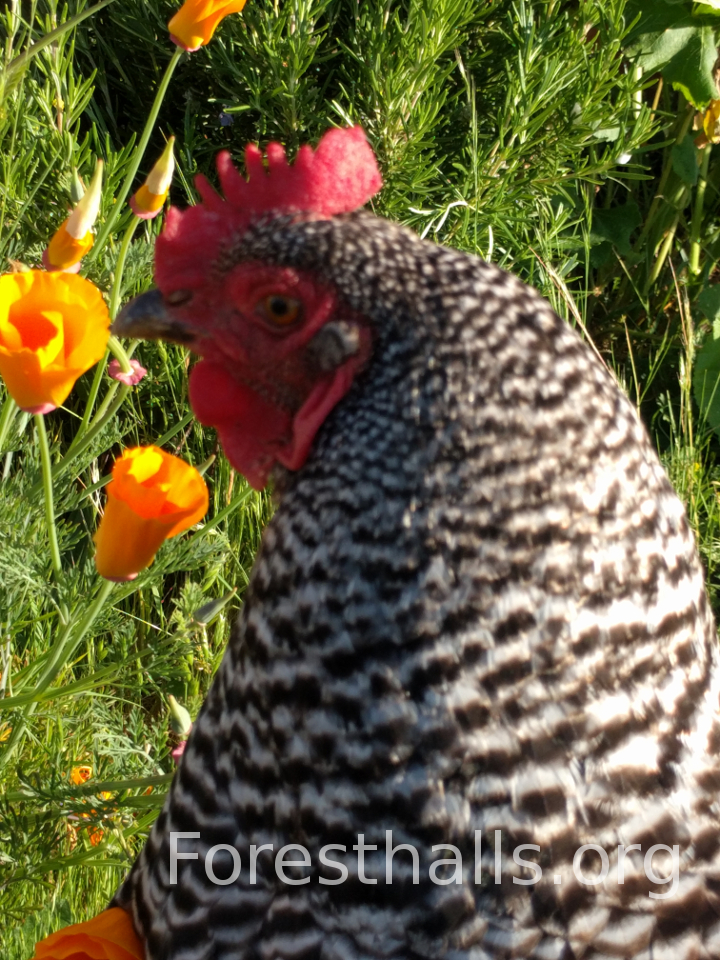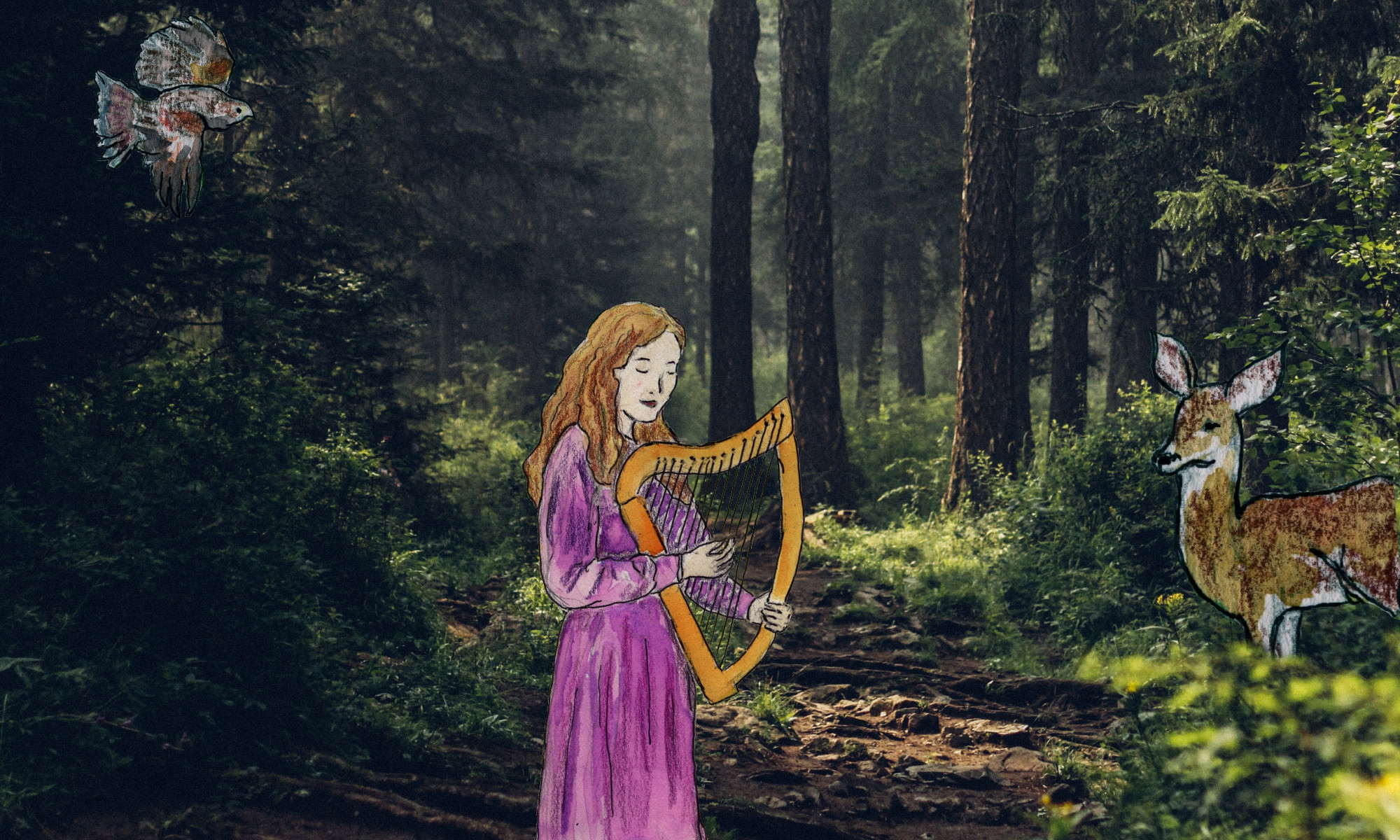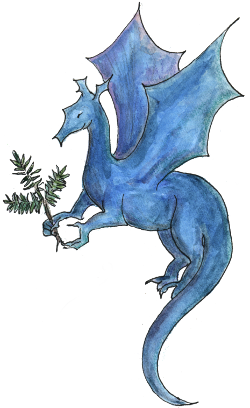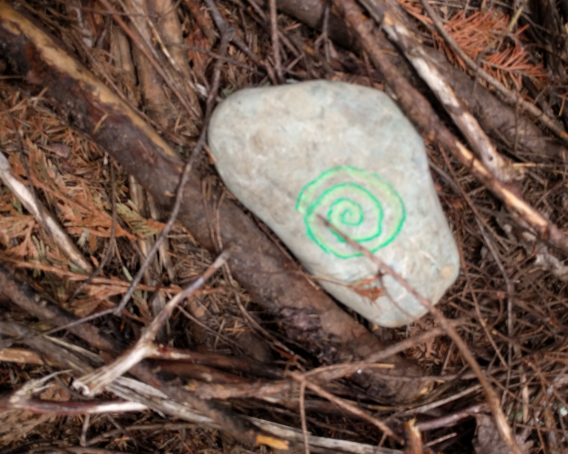
As I’ve become more sensitive to the nature and choice of preferred pronouns, I’ve become more and more agitated about referring to a plant as “it,” or as “she” or “he” (though plants sometimes are monoecious, single gendered). For me, “it” does not convey the deep love and relationship I have for plants (or stones, or insects, or the clouds, the stars …). And “he”/”she” (for the sun and the moon, for instance) don’t convey the fact that some cultures view these beings in the opposite way — the sun as female, for instance, and the moon as male.
Recently I learned about ki/kin to refer to beings of nature, proposed to resolve just this disconnect in our language — a disconnect that reinforces the notion that beings of nature are objects, and it’s okay to treat them that way, to buy and sell them, to be careless, to consume them without thought and regard. In searching for more about these pronouns and their intention, I came upon this beautiful essay by Robin Wall Kimmerer for YES! Magazine:
Nature Needs a New Pronoun: To Stop the Age of Extinction, Let’s Start by Ditching “It”
If you’re new to Robin Wall Kimmerer, you’re in for a treat. Read this, then pick up her book Braiding Sweetgrass: Indigenous Wisdom, Scientific Knowledge and the Teachings of Plants for more beauty, wisdom, and powerful teachings that, I think, can ignite ideas for many of us around how we individually and on a societal level can engage quite differently with the natural world, the Sacred, and with each other. Ourselves, too, for that matter.
As Robin Wall Kimmerer writes:
We don’t need a worldview of Earth beings as objects anymore. That thinking has led us to the precipice of climate chaos and mass extinction. We need a new language that reflects the life-affirming world we want. A new language, with its roots in an ancient way of thinking.
She goes on to write that in her search for a word that would reflect the better world for which we wish, an elder and guide in her indigenous Potawatomi language shared with her a word for “beings of the earth.” This word led her to choose ki/kin. Really, read the article to discover the poetry and power of this idea. I can’t really do justice to what she describes. What I can say is that her journey with landing with ki/kin points to true sweet magic, the kind that brings me to astonished laughter or moves the earth of me to tears.
Here’s the magic for me: that the ancient and living word for beings of the earth has “ki” at the end. As I understand from the article, ki is part of the sound that means “land.” I note that ki in Japanese is “life force” (also, chi in Chinese). So there’s a resonance here in this use of that word. Wall Kimmerer chooses a plural, kin. And that feels to me perfect, forming with ki, a beautiful chord.
Kin an English word that is about family and relationship. It feels right to me that our society which wreaks havok in so many ways can help to breathe respect, delight, and new life into our relationship with the beings of nature with this use of “kin.”
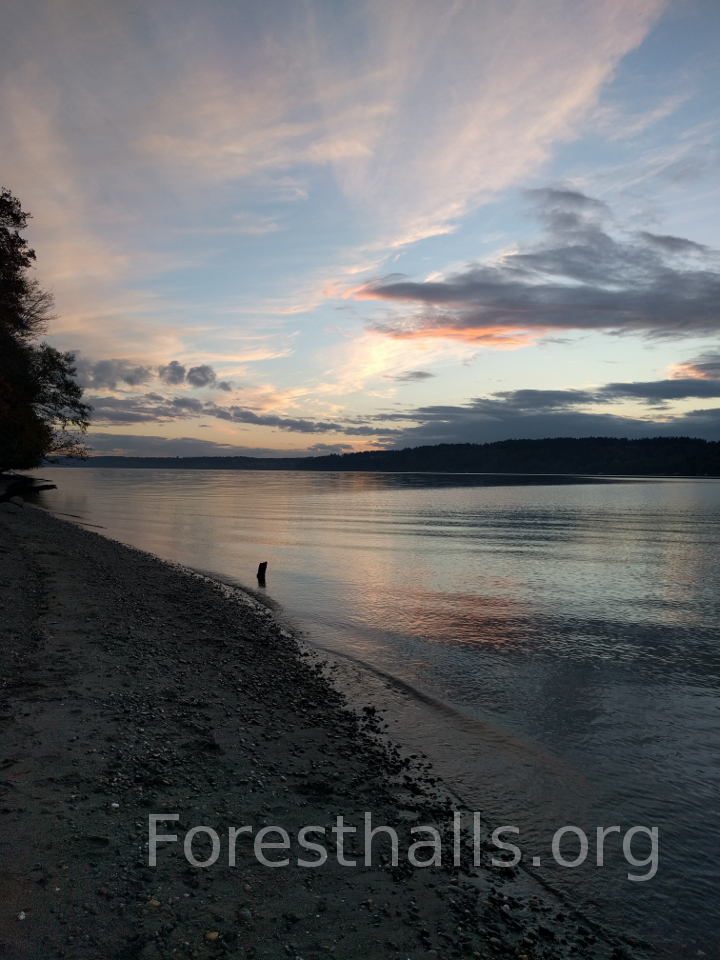
It’s difficult to introduce new words into one’s language. It’s difficult to rewire our automatic responses, woven from years of use and years of immersion in a certain societal mindset. But to me, it is so worth shifting my speech in this way, to speak of ki, to speak of kin: When I give paho to the plants and state my appreciations and intentions to kin. When I watch the deer and how kin move like clouds across the land. When I let the chickens out in the morning and feel our engagement with one another. They are kin. The creek splashing across stones is ki, just as ki is when skimming over sand and entering the Salish Sea. Stones are kin. The forest is kin. The Salish Sea is ki or kin. The sunlight dancing on the water is ki. I want myself to be ki/kin, woven of breath exchanged, with starlight and with salmon, with roots, and with feather. Ki is in my nature. I too am a being of this living earth.
As are you.
What words or language do you choose that celebrates life? That honors relationship and true nature? Please feel free to share here.
For more on the grammar of animacy by Robin Wall Kimmerer read: Speaking of Nature, published by Orion Magazine
And read my follow-on blog post: Adventuring with Ki/Kin
